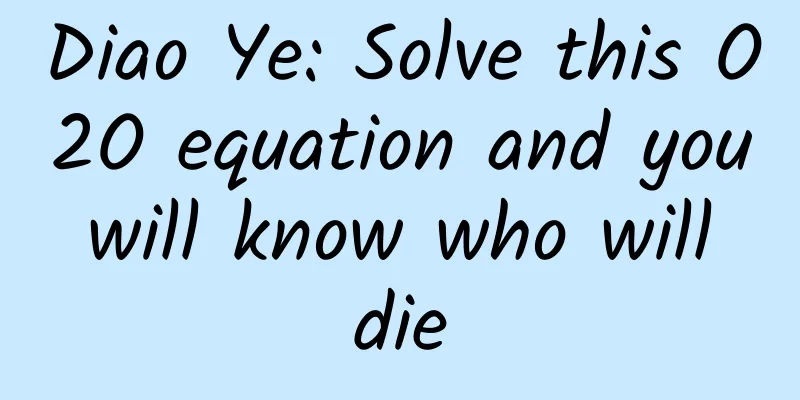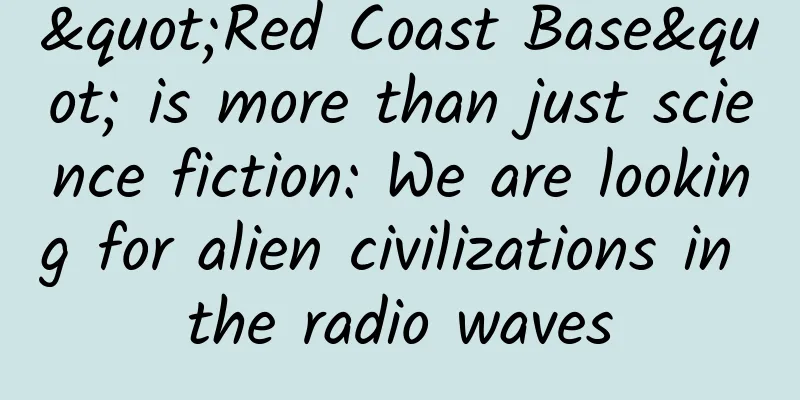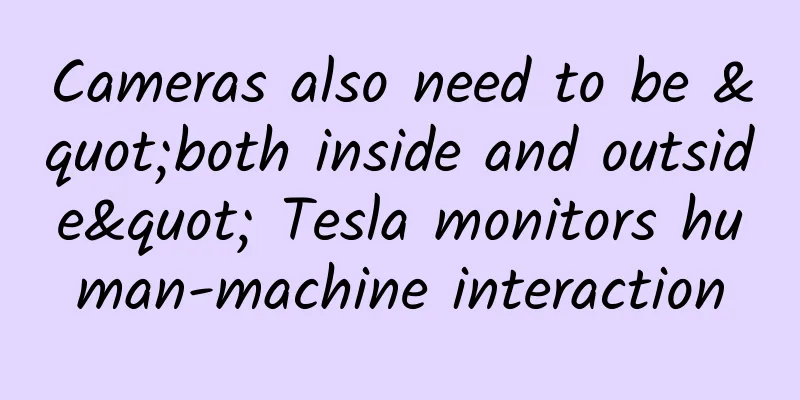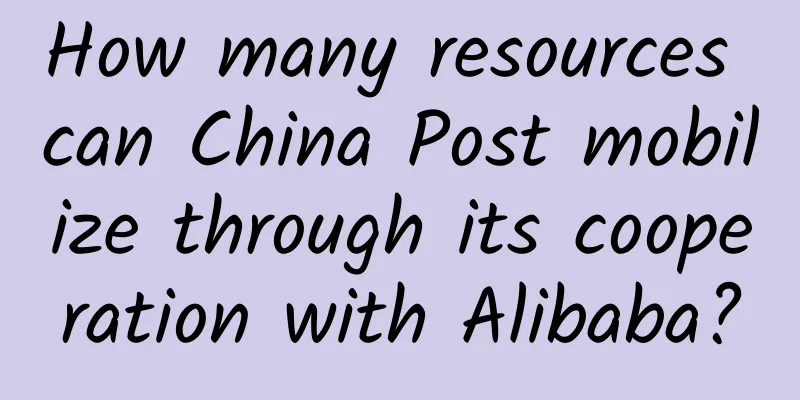Diao Ye: Solve this O2O equation and you will know who will die

|
Business has basic laws, so there is an equation to be solved before every major change. Ma Huateng almost sold QQ for 3 million, but no one wanted it, so he had to continue to run it, and it became the Tencent empire today. Zhou Hongyi's 3721 had more traffic than Baidu back then, but he sold it, and later Baidu became an empire. Why did they sell it back then? Because the equation was not solved at that time, and no one knew where the future lay and how to make money with traffic. But today, the O2O equation is almost solved, and I have 6 analysis tools. Analysis tool 1: high frequency or low frequency Generally speaking, within an industry axis, high frequency beats low frequency. For example, Didi actually started out as a taxi company. When Didi was only a taxi company, I thought this was a false proposition. Because you don’t use the app to call a taxi during your free time, and you have to pay extra to get a taxi during rush hour. But even if everyone pays extra, you still can’t get a taxi because there aren’t enough cars. Why did Didi become the winner even though it started from the wrong point? Because it educated the market, and it was a high-frequency market. Later, Didi launched private cars, ride-sharing services, and recently, designated drivers. It has occupied the travel axis and can make money on the travel axis. Within the same industry axis, people will only open the most commonly used application. Analysis tool 2: People with urgent needs The two most terrifying O2O rigid needs, travel and dining, have already been served by Didi and Ele.me. It is difficult for the entire population of high-frequency rigid needs to find a high-quality entry point in this matter. Why do I value manicure? Because for a small number of people, it is indeed a rigid demand, but the group is too small. Hairdressing is a rigid demand for the entire population, but the frequency is too low. So why did Helijia try so hard to catch up with the speed at the beginning and why did it burn money? In order to seize the market, it first seized the rigid demand of a small number of people and expanded rapidly. First seize the crowd, and then do a business centered on the crowd. For example, a woman can use Beaver Home to do manicures, and can also do beauty, hairdressing and other related services. Analysis Tool 3: One-to-One or One-to-Many O2O is represented by Ele.me and e袋洗. Ele.me received 1 billion US dollars in financing, and e袋洗 received 100 million US dollars from Baidu. Why did these two industries grow so fast? Because these two industries are one-to-many businesses. In the past, meal delivery was done by individual restaurants, which was very inefficient. Now, with platforms like Ele.me, the efficiency has been improved. One person can carry 20 lunch boxes, which means one person can be used as five people. For one-to-one businesses, such as nail art and beauty, efficiency is a false proposition because they can only do so much per unit time. One-to-many is about improving efficiency and maximizing scale to make money, while one-to-one is about personalized matching, because the only way to beat ultimate efficiency is personalization, and only personalization can ignore price comparison. Analysis Tool 4: Is your platform B2C or C2C? Standard products are sold in the B2C JD model, while non-standard products are sold in the C2C Taobao model. Take out your phone and choose an iPhone case. Open JD.com. It is out of stock in Shanghai but available in Beijing. If you are in Shanghai, they will not sell it to you. Why? For the sake of extreme efficiency, it is impossible to send the goods from the Beijing warehouse to you to eliminate long-tail SKUs. What is Taobao doing? An old lady from Hunan, thousands of miles away, puts five door curtains that she wears every month on the Internet for sale. It takes several days to ship from a village in Hunan, but what is sold is a personalized match. The old lady made five door curtains, but she didn't sell any this month, so she had to bear the inventory. Why does JD.com never sell products with only five pieces? Because it can't handle the inventory. JD.com likes it very much when it expands the quantity. The principle implied is similar to O2O. If you provide standardized services, such as cleaning ladies and car washes, the price is standard and very low. However, for some personalized services, such as hairdressing, the price can be 20 or 800. Consumers can choose what they like. This is personalized recommendation, which is unreasonable. Analysis Tool 5: Are you the portal or a subset of others? In addition to the industry axis, we also need to consider the population axis. For example, Ctrip originally only booked air tickets and hotels, but now it also does travel and tourism. For example, the essence of designated driver service is a link in the travel axis, a subset. If you are a subset of Didi, sell it quickly. The same industry axis is all about frequency, and frequency competition is a bloody battle. It is very likely that the first batch had a high frequency, and eventually everyone made it a habit. Now everyone, including me, uses e-driver, but I use Didi more often. Since Didi has a designated driver service, I also used Didi later. Analysis Tool 6: Eat Two or Three Fishes Killing two birds with one stone means extending the entrance to the upstream and downstream of the industrial chain. The entrance will lose money. Frankly speaking, why does O2O lose money? Any main business will never make money as long as the frequency is high. eBay is an example. As long as the frequency below the entrance is high, you can use it to lose money to help attract traffic, lock in traffic with high frequency, and monetize it with low frequency. Killing three birds with one stone means targeting the same group of people and satisfying their different cross-industry needs. It seems to be cross-industry, but it is relatively logical. Originally, those who sold air tickets offline did not sell hotels, but now it is natural for you to use Ctrip. Lock in a certain group of people and monetize through lower-frequency things. The conclusion is that O2O will be full of cross-industry robbery in the future. |
<<: 11 Essential HTML5 Animation Tools
>>: Curiosity, amazement, doubt, how foreign media reported "Double Eleven"
Recommend
The "four-step" process of adjusting attitude, descending and parachuting to land analyzes the return process of Shenzhou XII!
Produced by: Science Popularization China Produce...
What are the techniques for Kuaishou operations? Kuaishou operation skills and practice
In recent years, Kuaishou has combined its own po...
10 Tips to Become an Outstanding Java Programmer
If you are a Java programmer who is passionate ab...
UltimateAndroid 0.7.0 released, split UI module
UltimateAndroid rapid development framework relea...
WeChat has released a major new feature: WeChat Circle Experience
WeChat is no longer just an IM. Since WeChat 4.X,...
Is it true that African mercenaries hold signs and shout? How much does it cost to produce an African mercenary advertising video?
8,000 kilometers away from China and with a 5-hou...
Even without the "banana fan", Wukong can still cross the Flaming Mountain丨Tutushidao
Vocabulary Electromagnetic Railgun monitoring dro...
Sony is not as good as you think. Launching PS4 Neo is actually a helpless move
PS4 Neo, which is nicknamed "PS4 Complete Ed...
5 operational lessons learned from Sina Weibo's second rise
Regarding Sina Weibo , let me first show you thre...
These 10 eating habits are quietly stealing your life! Many people don’t know it yet
Does your day start like this: rushing out in the...
Don’t treat erythromycin ointment as a “national miracle drug”
Whether it is mosquito bites, acne, allergies, or...
Electric Technology Car News: A 90,000 yuan high-value showdown between the new Emgrand and Arrizo Sport
As the founding fathers of independent brands, Ge...
These 13 pieces of knowledge in the circle of friends that look like rumors at first glance are actually true!
Source: Dr. Curious (ID: haoqi238)...
New media writing from 0 to 1, teach you to easily write 100,000+ popular articles [Video Course]
New media writing from 0 to 1, teach you to easil...
The monthly download volume of Bullet SMS is less than 6,000. Will Alipay be its life-saving straw?
Bullet Messenger was forced to take a roller coas...









